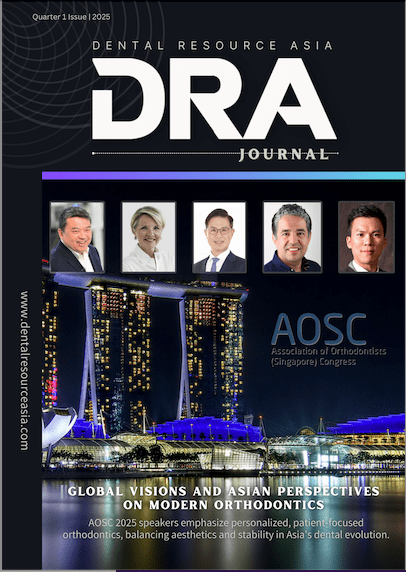Key Takeaways:
- Disparities in oral health persist in Switzerland despite widespread access to dental services.
- Educational attainment significantly influences self-reported oral health, with higher education correlating to better outcomes.
- Visits to dental hygienists have increased over the past two decades, while general dental consultations have declined.
- Affordability remains a barrier, particularly for unemployed individuals, those at risk of poverty, and foreign nationals.
- Professional advice emphasizes replacing toothbrushes every six weeks and prioritizing interdental cleaning.
Disparities in Swiss Oral Health Linked to Education
A recent study conducted by the Federal Statistical Office (FSO) highlights notable disparities in oral health across Switzerland, even as access to dental services remains widespread. The research underscores that differences in oral health are not solely tied to hygiene practices or clinical outcomes but also extend to variations in service utilization.
The study reveals that over 70% of respondents in 2022 rated their oral health as good or very good. However, these figures vary significantly when analyzed by gender and educational background. For instance, 68% of men and 74% of women reported favorable oral health conditions. More striking is the disparity linked to education: only 55% of individuals with compulsory schooling as their highest qualification rated their oral health positively, compared to 75% of those with tertiary education.
This data suggests that educational attainment plays a pivotal role in shaping perceptions of oral health and likely influences preventive behaviors and access to care.
Shifts in Dental Care Utilization Patterns
The study also documents changes in how Swiss residents engage with dental care providers. Over the past two decades, visits to general dentists have decreased, while appointments with dental hygienists have surged. In 2022, 58% of the population reported visiting a dental hygienist within the year—an increase of 21 percentage points from previous years.
This trend may reflect a growing awareness of preventive care and the specialized role of hygienists in maintaining oral health. However, affordability continues to pose challenges for certain groups. According to the FSO, nearly 5% of people aged 16 and older avoided necessary dental care in 2023 due to financial constraints. Vulnerable populations, including the unemployed, individuals at risk of poverty, and foreign nationals, were disproportionately affected.
Expert Recommendations for Optimal Oral Hygiene
The Swiss Dental Hygienists, a professional association, offers practical guidance on maintaining oral health. They recommend replacing toothbrushes every six weeks—or after recovering from illnesses like the flu or a cold—to prevent reinfection. Electric toothbrushes are highlighted as more effective and gentler alternatives to manual brushes, though the latter can still yield satisfactory results if used correctly.
“Manual brushes with very soft bristles can also offer good results, provided users apply proper technique and brush for the recommended duration,” notes the association. This advice aligns with current scientific evidence, emphasizing the importance of both tool selection and user behavior.
Daily interdental cleaning is another cornerstone of oral hygiene. The association advises using dental floss or interdental brushes tailored to individual tooth spacing. Regular check-ups are also encouraged, with most individuals advised to visit a dental hygienist once or twice annually. Those with periodontal disease or other high-risk conditions may require more frequent appointments—up to three or four times per year.
Broader Implications for Public Health Policy
The findings underscore the need for targeted interventions to address disparities in oral health. While access to dental services is widespread, socioeconomic factors such as education and income continue to influence outcomes. Policymakers may need to consider measures to improve affordability and accessibility, particularly for marginalized groups.
By shedding light on these disparities, the study provides valuable insights for public health initiatives. As emphasized by the Swiss Dental Hygienists, consistent education on proper oral hygiene practices could play a key role in bridging these gaps.
This article draws on information published by Le News.
The information and viewpoints presented in the above news piece or article do not necessarily reflect the official stance or policy of Dental Resource Asia or the DRA Journal. While we strive to ensure the accuracy of our content, Dental Resource Asia (DRA) or DRA Journal cannot guarantee the constant correctness, comprehensiveness, or timeliness of all the information contained within this website or journal.
Please be aware that all product details, product specifications, and data on this website or journal may be modified without prior notice in order to enhance reliability, functionality, design, or for other reasons.
The content contributed by our bloggers or authors represents their personal opinions and is not intended to defame or discredit any religion, ethnic group, club, organisation, company, individual, or any entity or individual.

